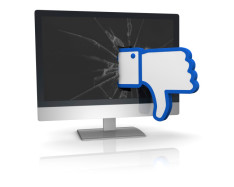Minimising the legal risks of social media
There are steps brands and  companies can take to protect themselves from the legal implications of social media use says Alison Eveleigh, in a piece that first appeared in Encore.
companies can take to protect themselves from the legal implications of social media use says Alison Eveleigh, in a piece that first appeared in Encore.
Poor Qantas. The airline has suffered many a social media mishap. Back in 2011 its Twitter hashtag #qantasluxury was hijacked by unhappy customers who delivered an unprecedented number of cuttingly sarcastic and highly critical responses. In 2012 the airline battled to remove a snarky parody PR account from Twitter. The most recent incident occurred in July when a hardcore pornographic image was displayed for about seven hours on the Qantas Facebook page, much to the shock of an eight-year-old boy and his father who visited the site.
Of course Qantas is only one of many brands to suffer at the hands of social media. Australia’s Next Top Model recently had its promotional hashtag #antmselfie hijacked by protest group Collective Shout, who claimed the competition was superficial and encouraged sexualised behaviour. The group’s actions drew attention to photo entries from girls as young as nine.
So what can you do to minimise the legal risks and avoid being featured in one of the many online articles gleefully titled ‘Companies that have made huge social media mistakes’?

